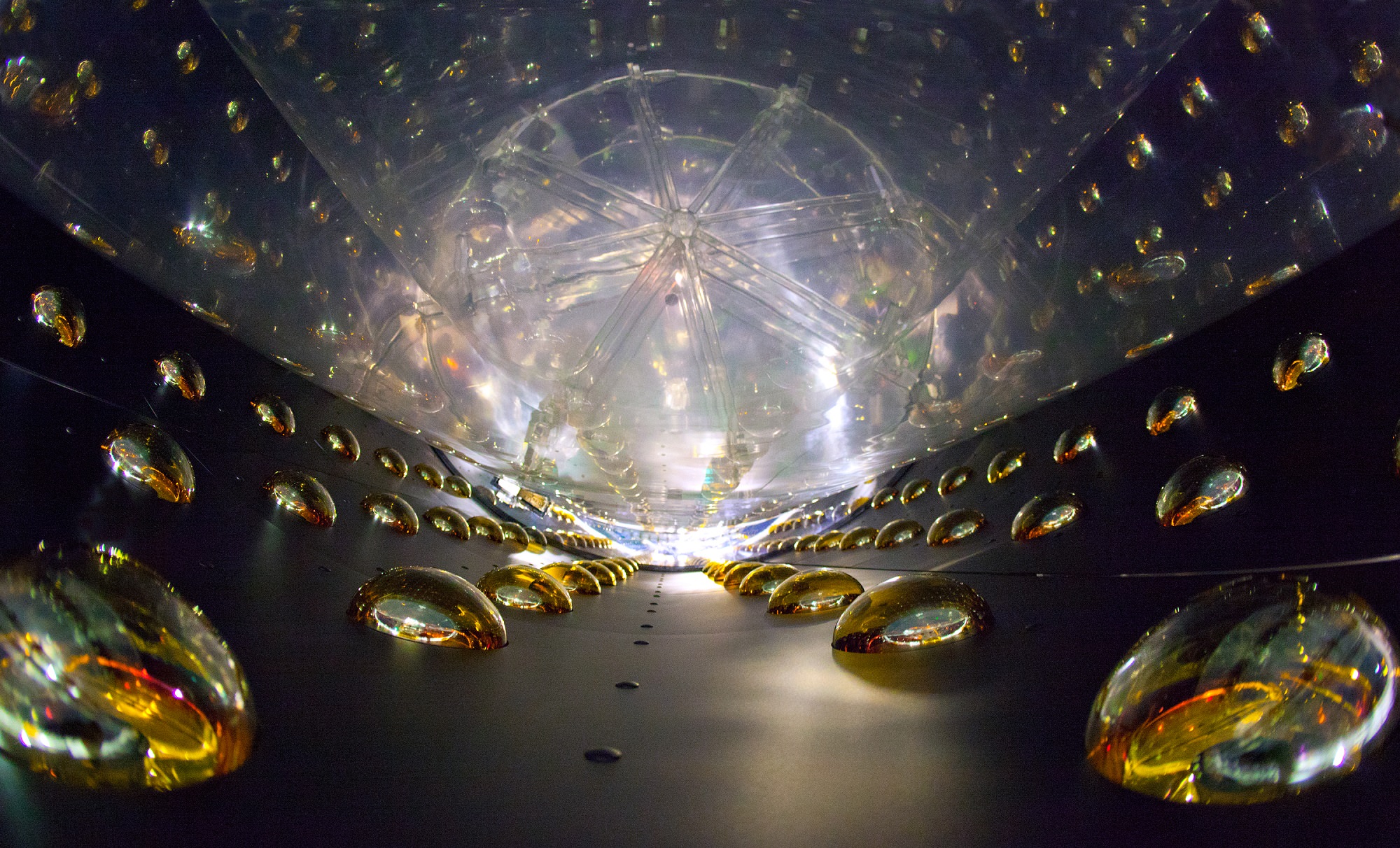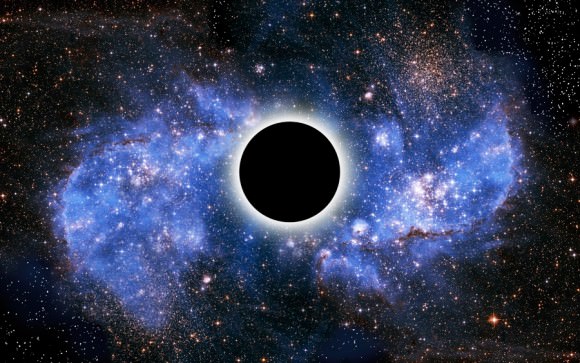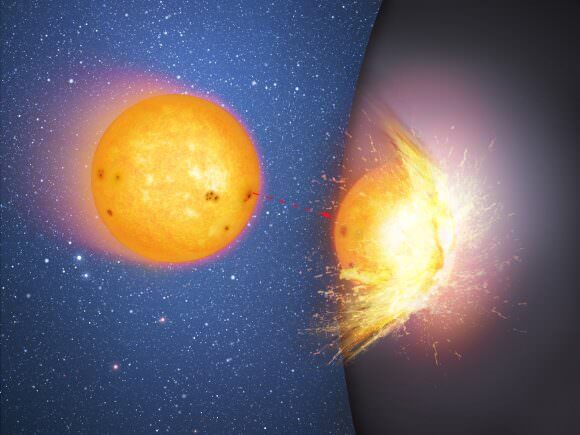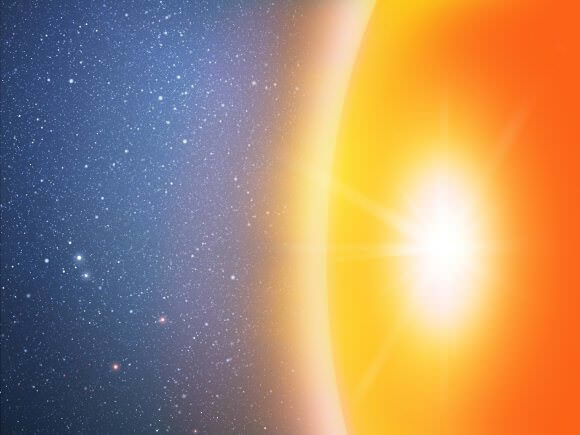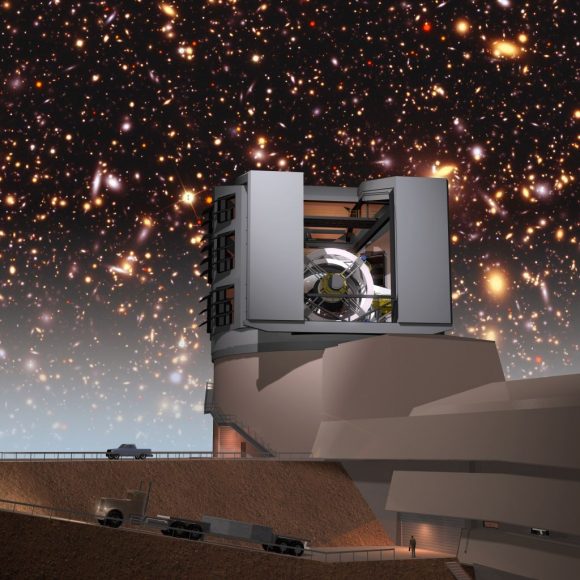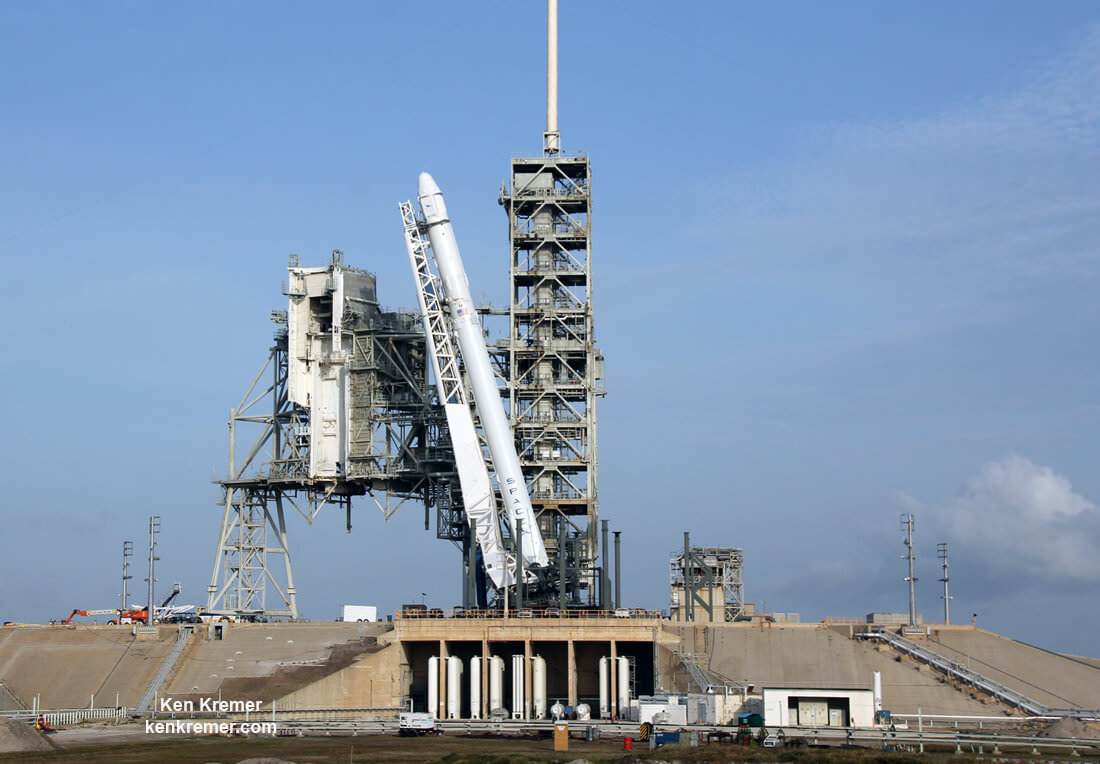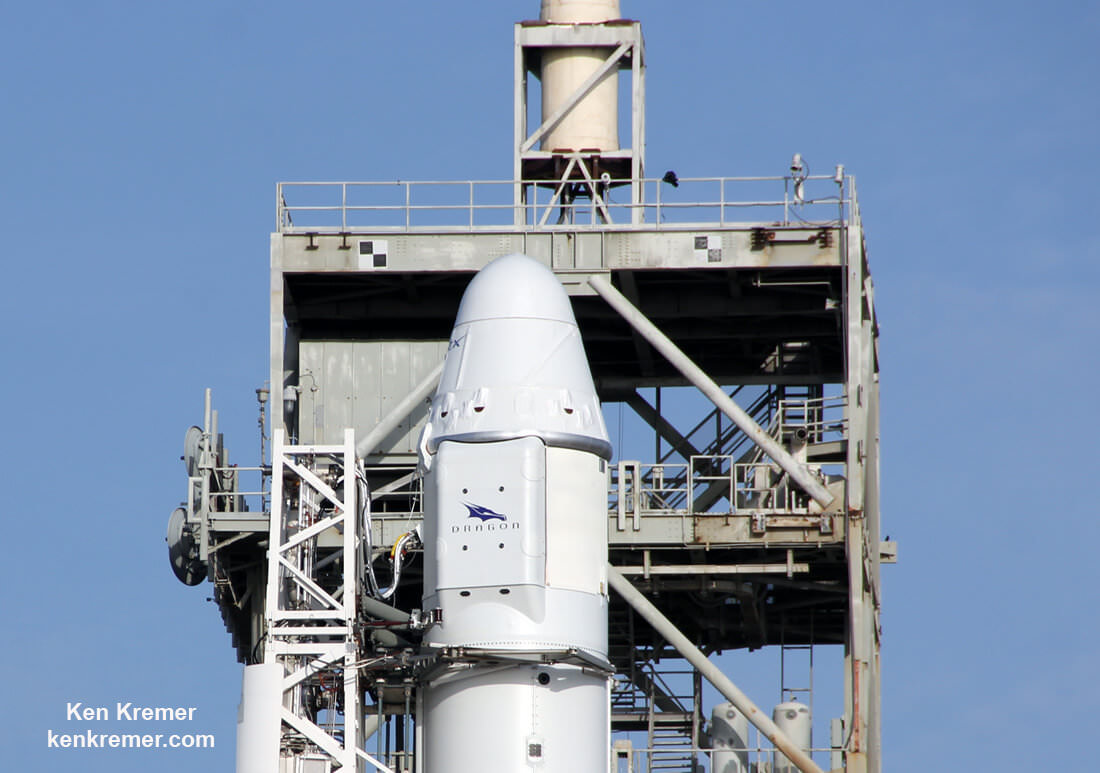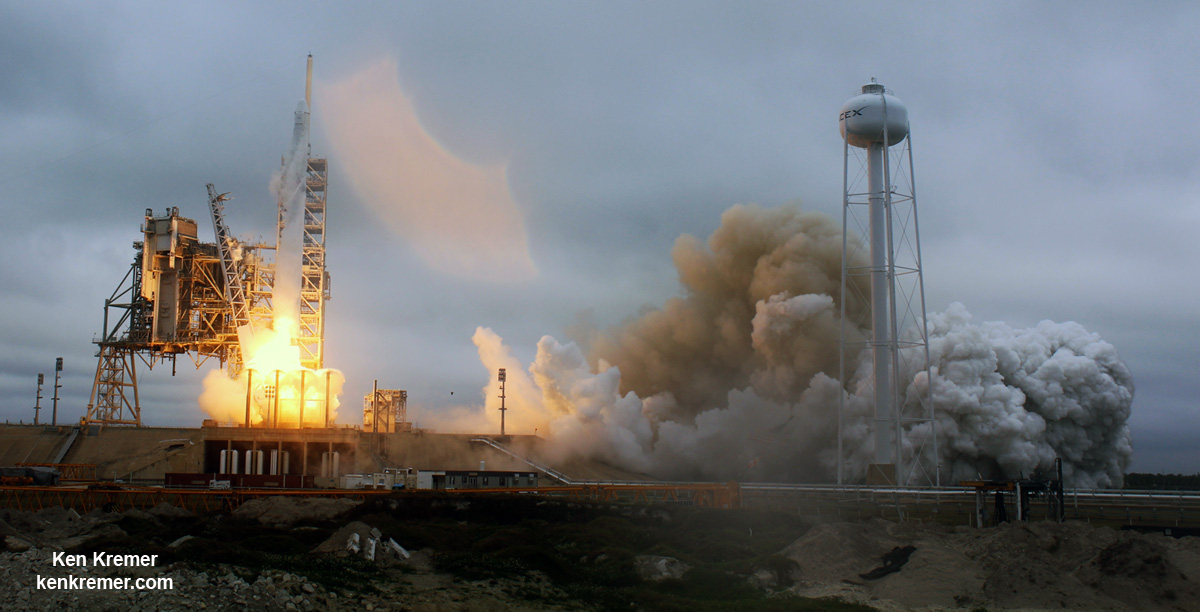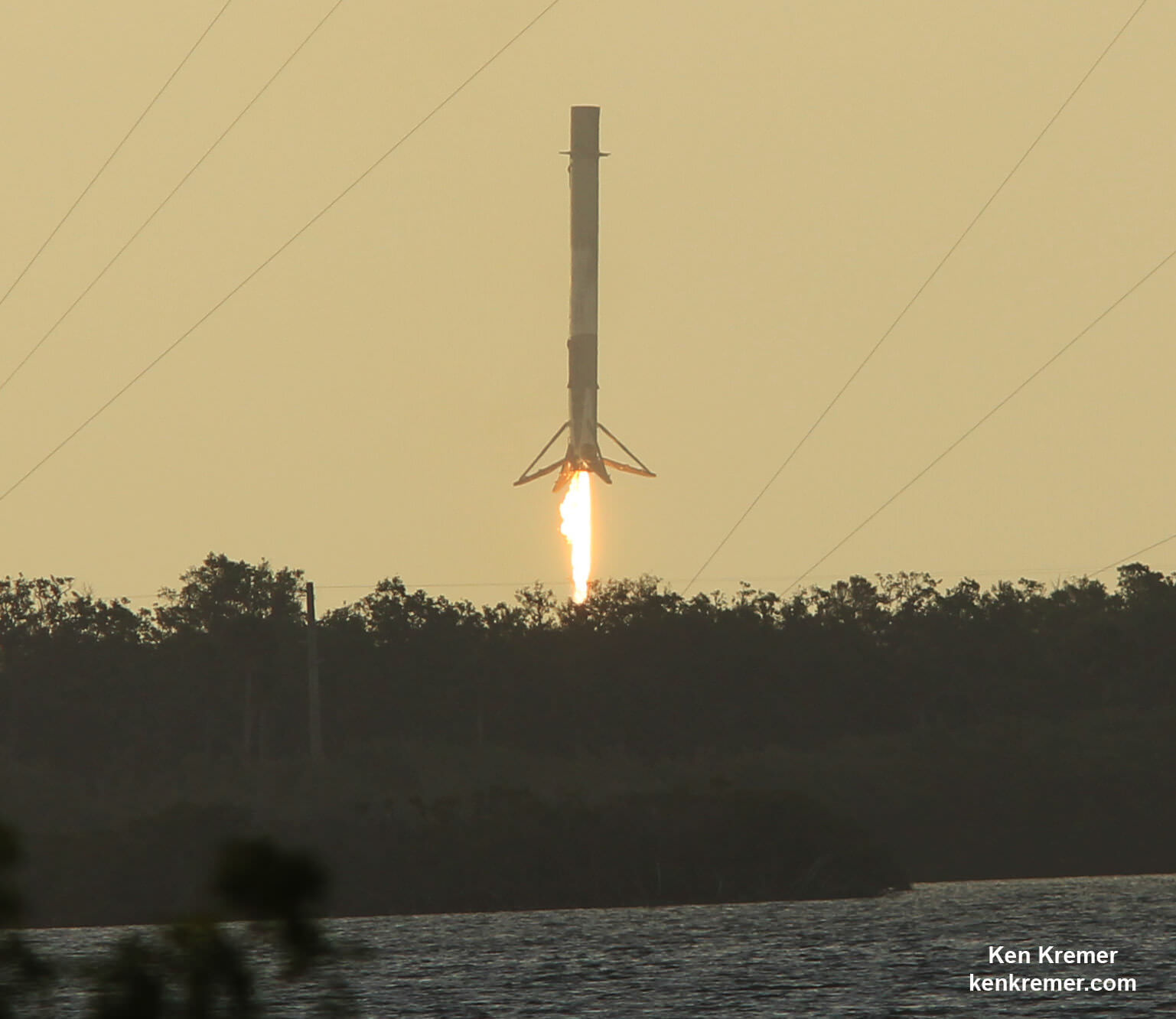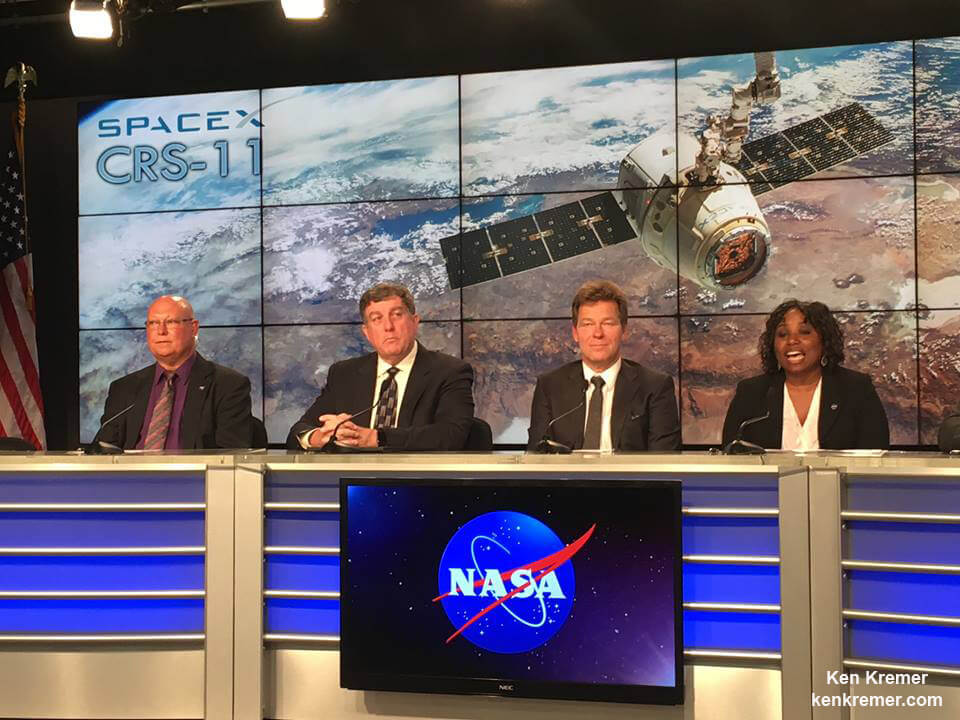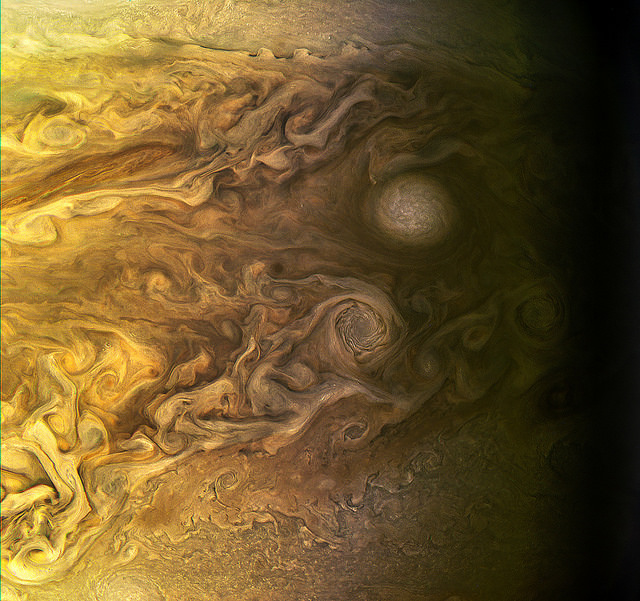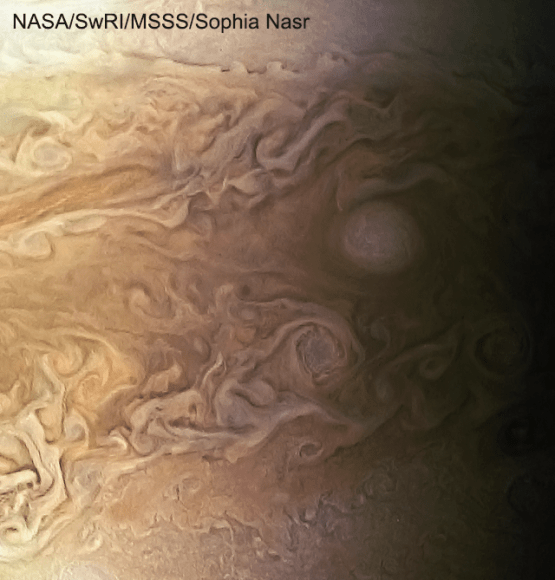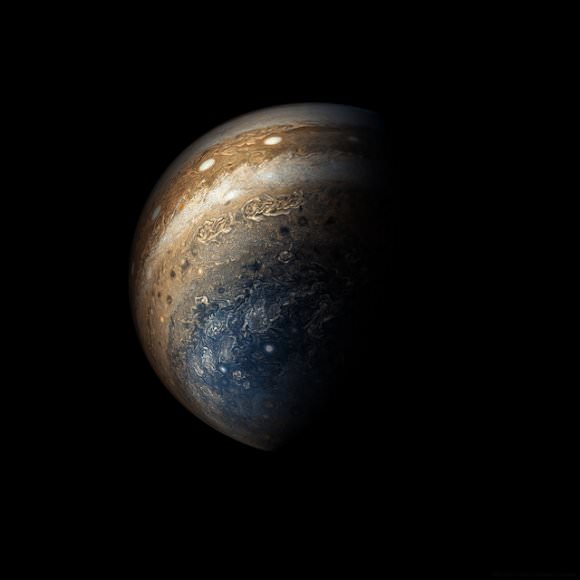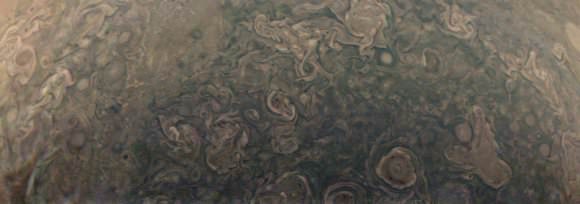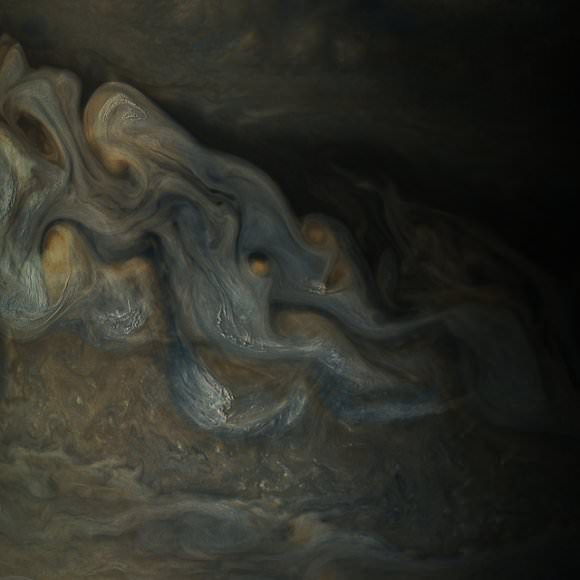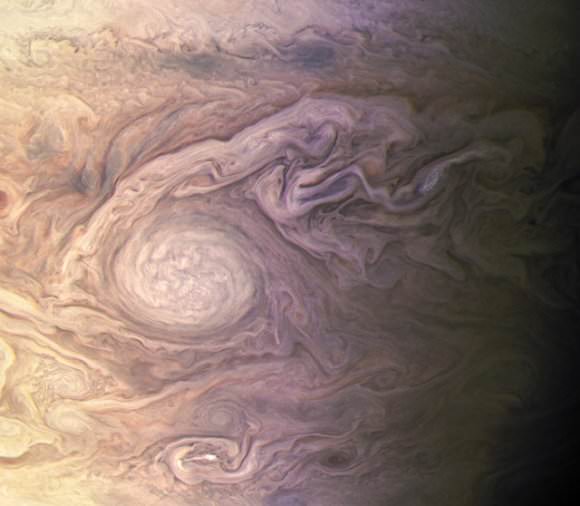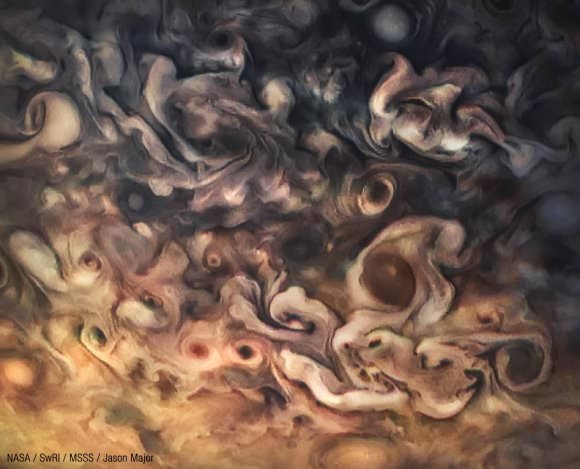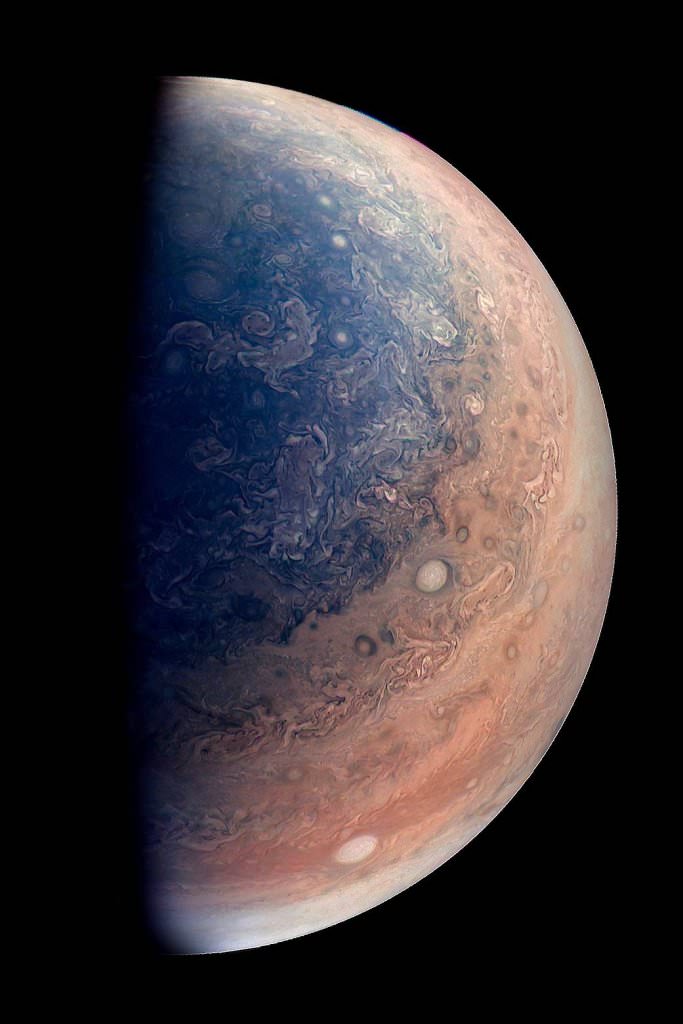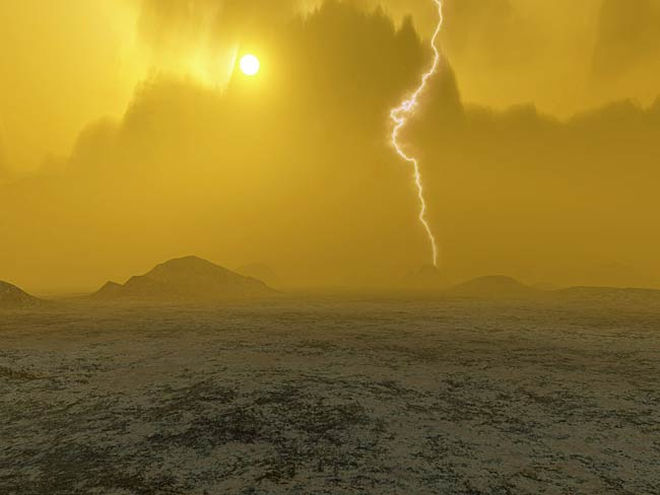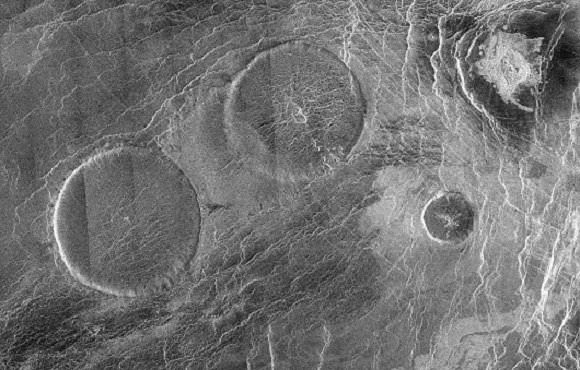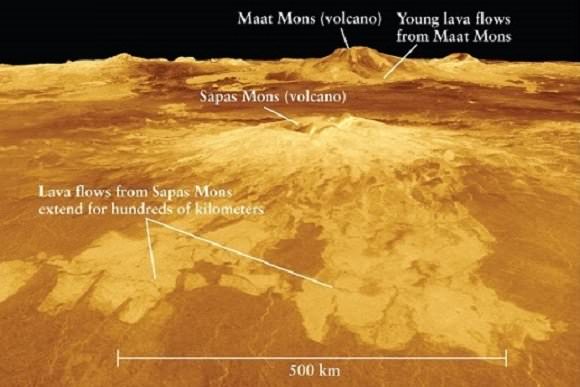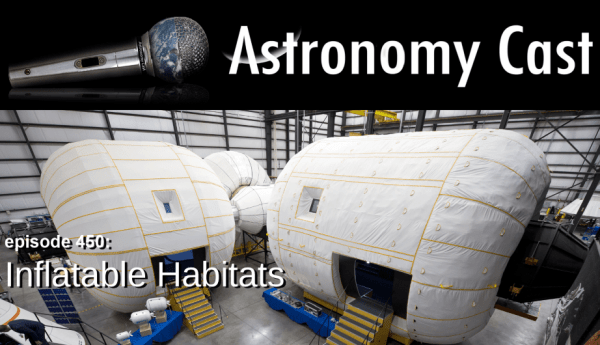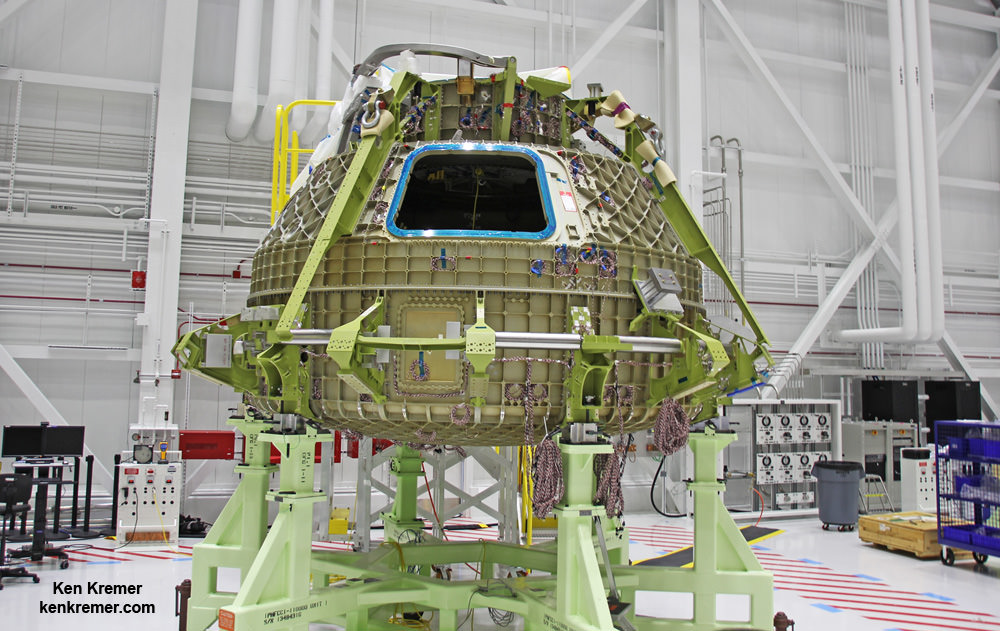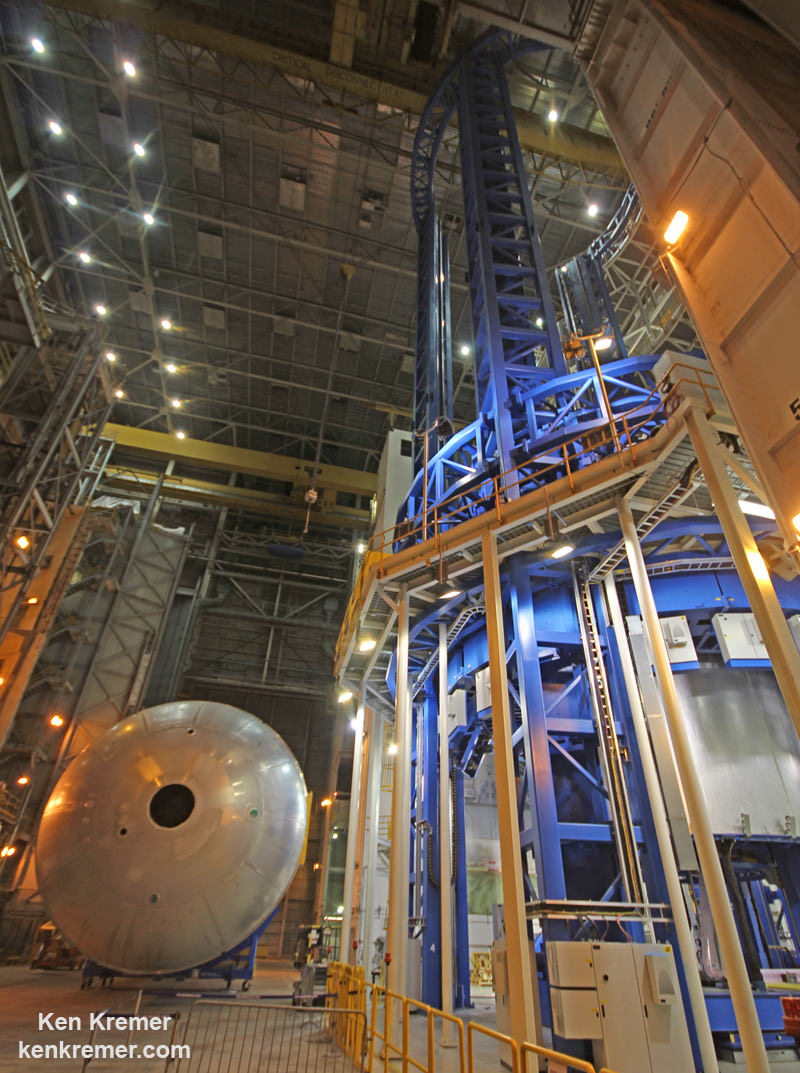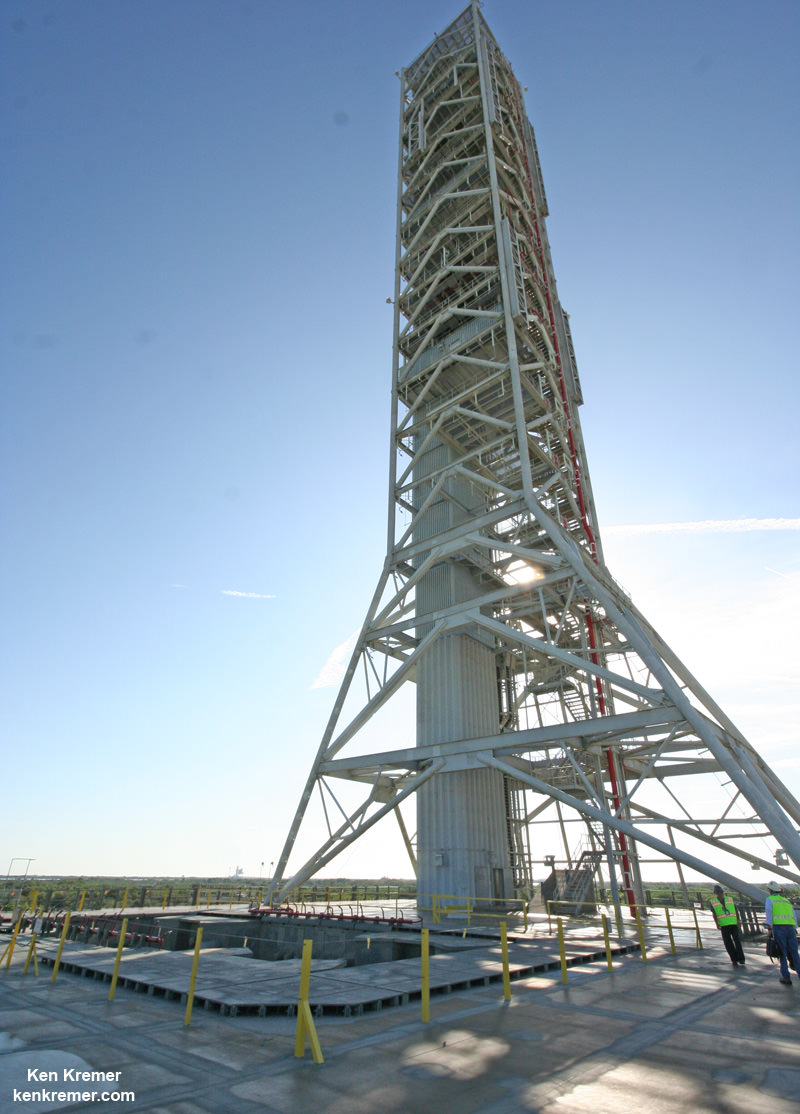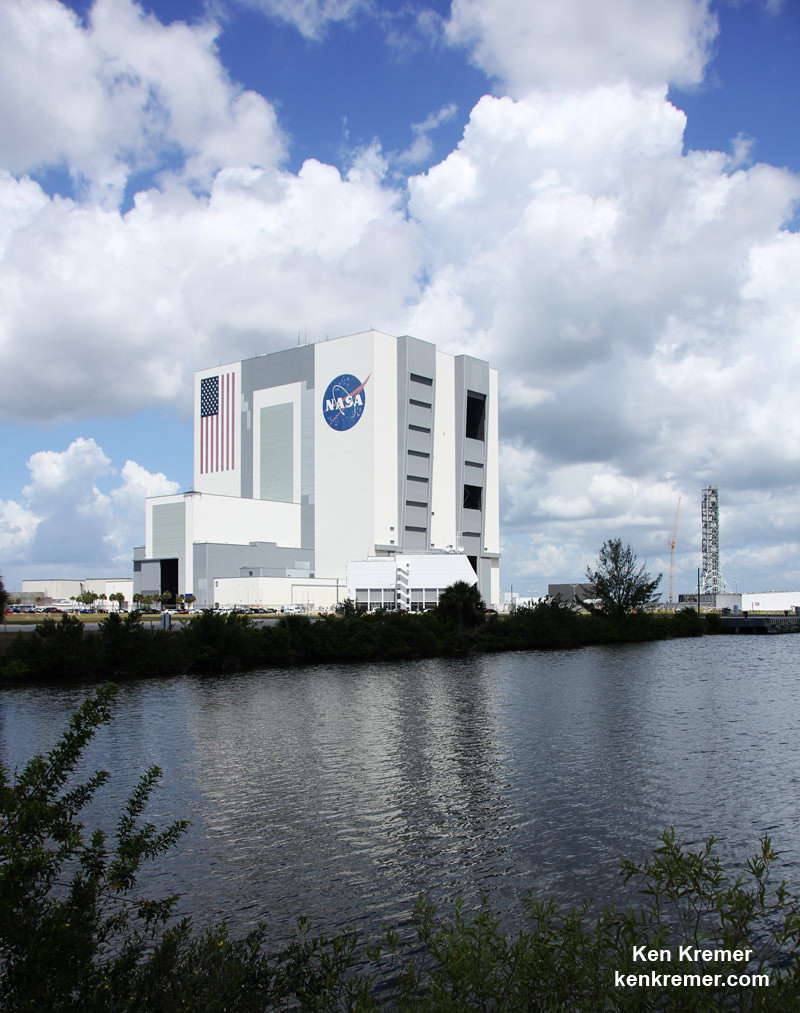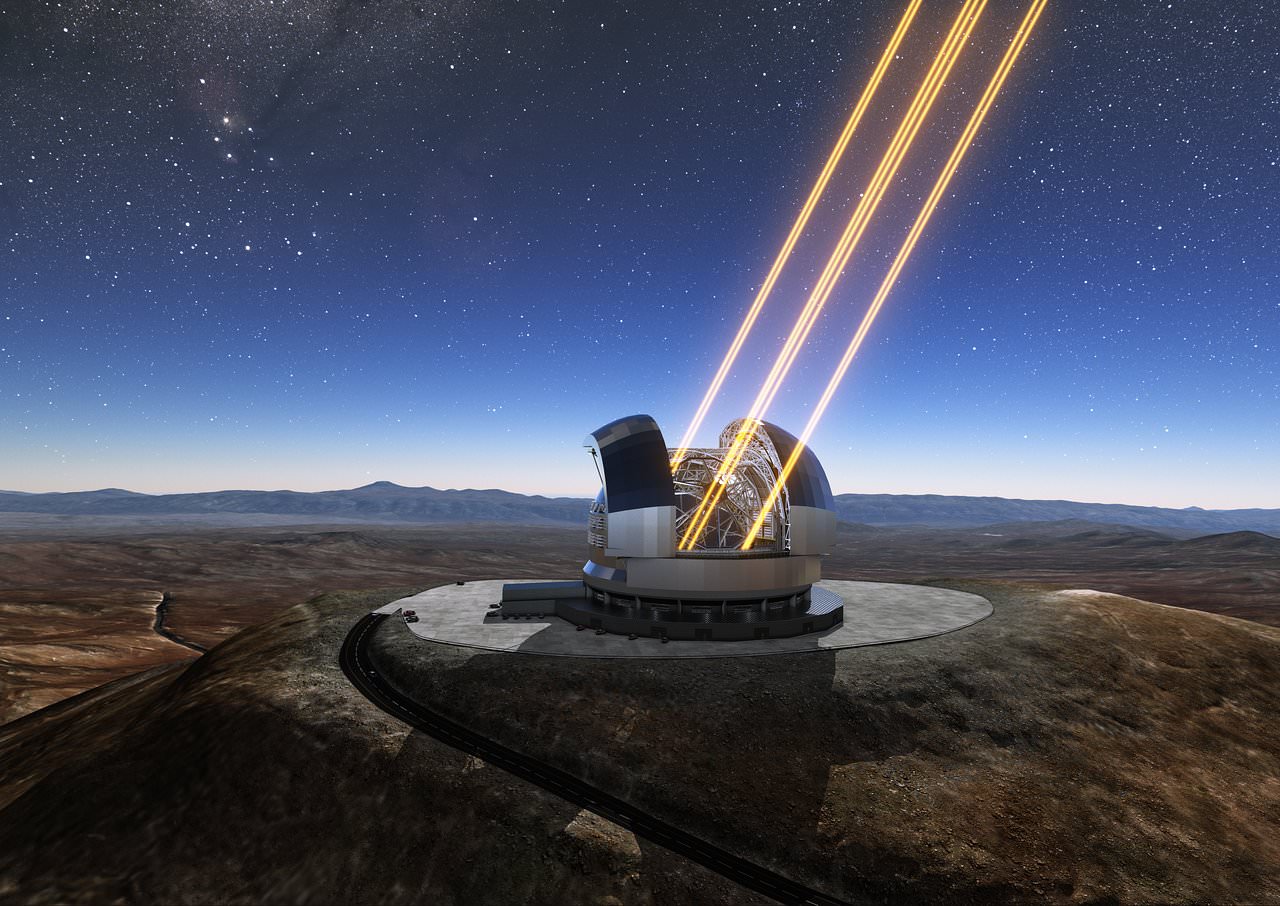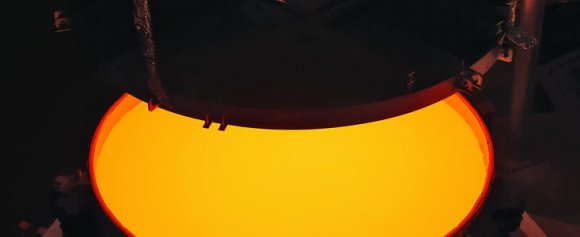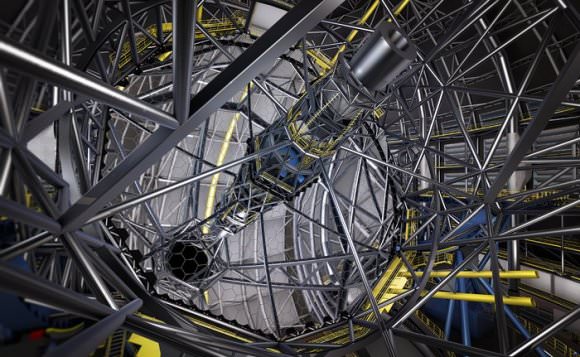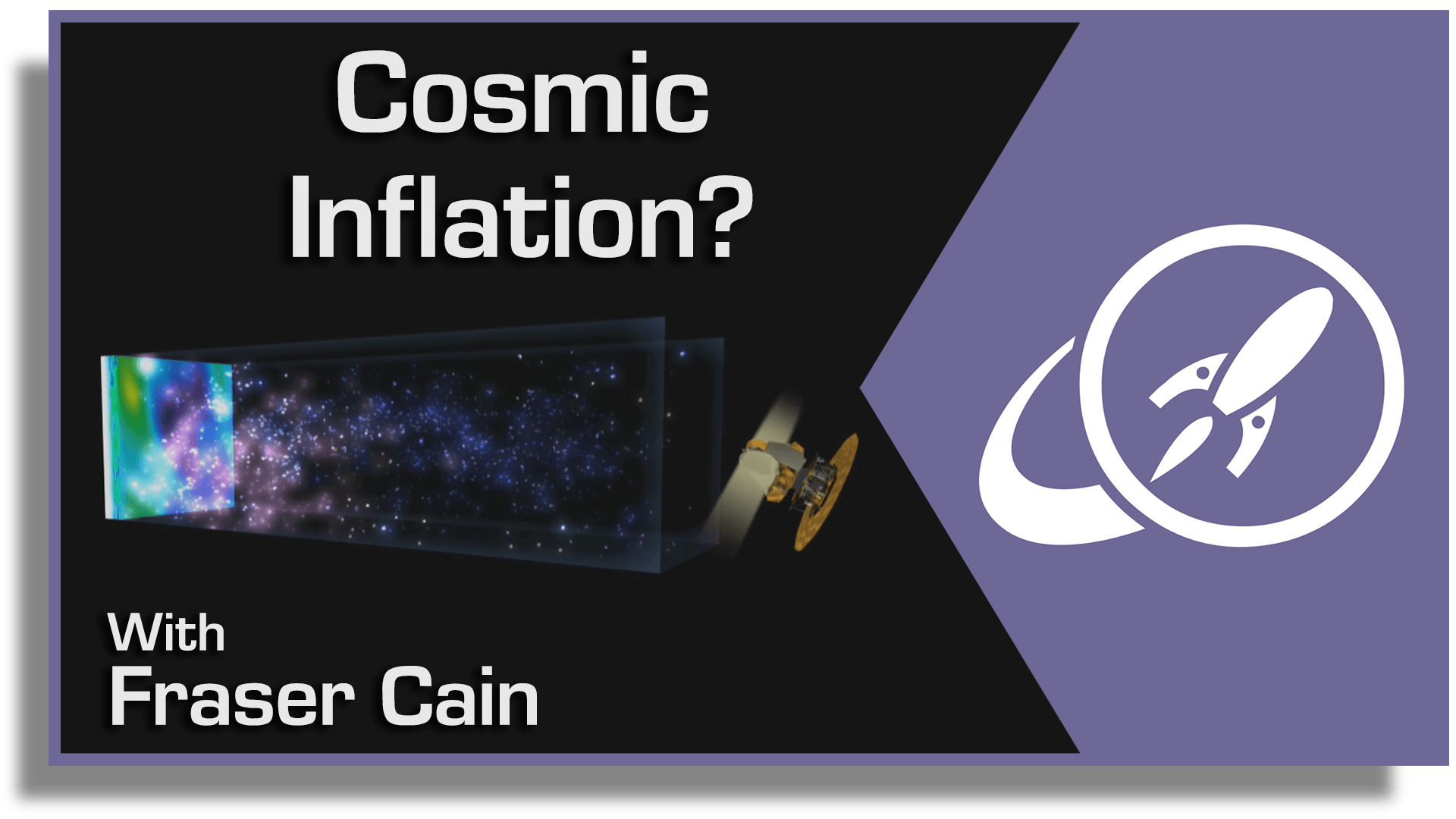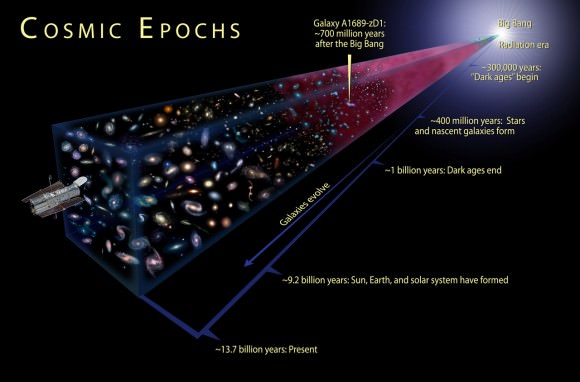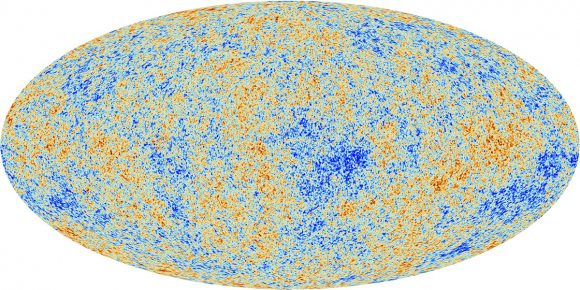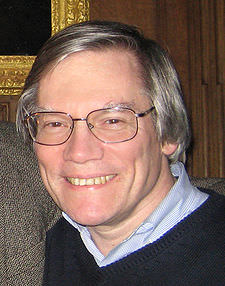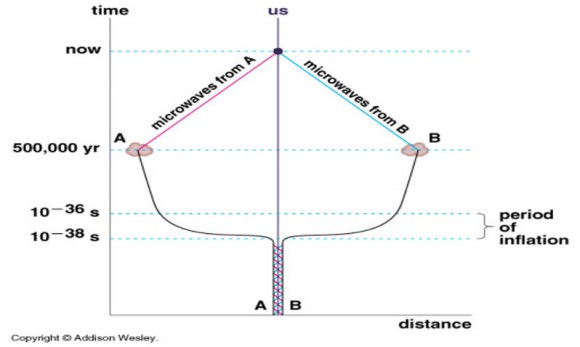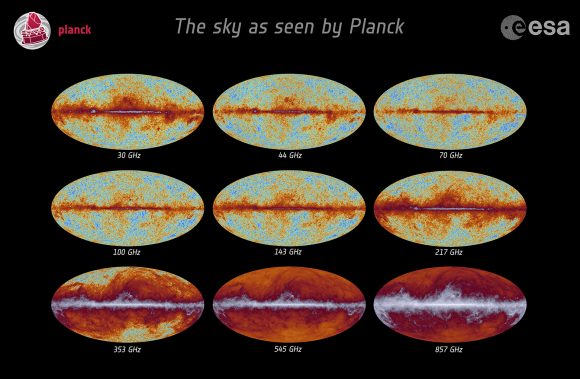It is no easy thing to search for signs of intelligent life beyond our Solar System. In addition to the incredible distances involved and the fact that we really only have indirect methods at our disposal, there is also the small problem of not knowing exactly what to look for. If intelligent life does exist beyond our Solar System, would they even communicate as we do, using radio transmitters and similar forms of technology?
Such has been the preoccupation of groups like the Search for Extra Terrestrial Intelligence (SETI) Institute and, more recently, organizations like Messaging Extraterrestrial Intelligence (METI) International. A non-profit dedicated to communicating with extra-terrestrial intelligence (ETI), the organization recently suggested that looking for neutrinos and other exotic particles could help us find signals as well.
First, some clarification should be made as to what SETI and METI are all about it and what sets them apart. The term METI was coined by Russian scientist Alexander Zaitsev, who sought to draw a distinction between SETI and METI. As he explained in a 2006 paper on the subject:
“The science known as SETI deals with searching for messages from aliens. METI science deals with the creation of messages to aliens. Thus, SETI and METI proponents have quite different perspectives. SETI scientists are in a position to address only the local question “does Active SETI make sense?” In other words, would it be reasonable, for SETI success, to transmit with the object of attracting ETI’s attention? In contrast to Active SETI, METI pursues not a local and lucrative impulse, but a more global and unselfish one – to overcome the Great Silence in the Universe, bringing to our extraterrestrial neighbors the long-expected annunciation ‘You are not alone!'”
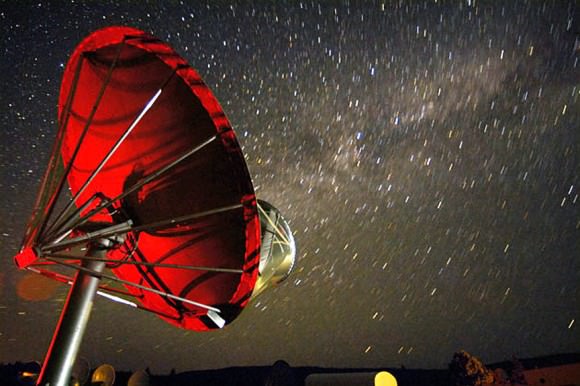
In short, METI looks for ways in which we might be able to contact aliens instead of waiting to hear from them. However, this does not mean that organizations like METI International are without ideas on how me might better listen to our (potential) alien neighbors. After all, communication goes beyond mere messages, and also requires that a medium exist with which to convey the message.
Such is the recommendation put forth by Dr. Morris Jones, a space analyst and writer who serves on the METI advisory council. In a recent article published on METI International’s website, he addressed the two main challenges when it comes to looking for ETI. On the one hand, you have the need for multiple methodologies to increase the odds of finding something. But as he indicates, there’s also the problem of knowing what to look for:
“We are not really sure of how extraterrestrials would communicate with us. Would they use radio waves, lasers, or something more exotic? Perhaps the universe is awash in extraterrestrial signals that we cannot even receive. SETI and METI practitioners spend a lot of time wondering how a message would be encoded in terms of language and content. It’s also important to consider the medium of transmission.”
In the past, says Jones, SETI searches were based on radio astronomy because that was the only practical means of doing so. Since then, efforts have expanded to include optical telescopes and the search for laser signals. This is due to the fact that in the past few decades, human beings have developed the technology to use laser for the sake of communications.
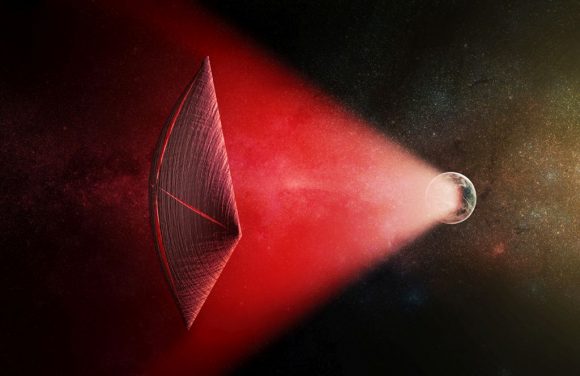
In a 2016 SETI paper, Dr. Philip Lubin of the University of California, Santa Barbara, explained how the development of directed-energy propulsion could help us search for evidence of aliens. As one of the scientific minds behind Breakthrough Starshot – a laser-driven lightsail that would be fast enough to make the trip to Alpha Centauri in just 20 years – he believes it’s a safe bet that ETI could be using similar technology to travel or communicate.
In addition, Dr. Avi Loeb from the Harvard-Smithsonian Center for Astrophysics (also one of the minds behind Starshot) has also suggested that fast-radio bursts (FRBs) could be evidence of alien activity. FRBs have been a subject of fascination to scientists since they were first detected in 2007 (the “Lorimer Burst“), and could also be a sign of alien communications or a means of propulsion.
Another means involves searching for artefacts – i.e. looking for evidence of physical infrastructure in other star systems. Case in point, since 2015, astronomers have been seeking to determine what is responsible for the periodic dimming of KIC 8462852 (aka. Tabby’s Star). Whereas most studies have sought to explain this in terms of natural causes, others have suggested it could be evidence of an alien megastructure.
To this array of search methods, Dr. Jones offers a few other possibilities. One way is to look for neutrinos, a type of subatomic particle that is produced by the decay of radioactive elements and interacts with matter very weakly. This allows them to pass through solid matter and also makes them very difficult to detect. Neutrinos are produced in large quantities by our Sun and astronomical sources, but they can also be produced artificially by nuclear reactors.
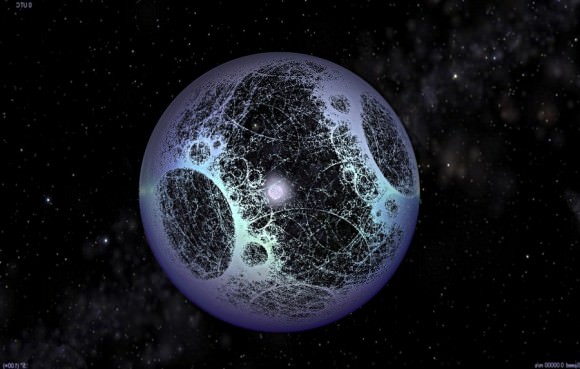
These, claims Jones, could be used for the sake of communications. The only problem is that looking for them would require some specialized equipment. Currently, all means of detecting neutrinos involve expensive facilities that have to be built either underground or in extremely isolated locations to ensure that they are not subject to any kind of electromagnetic interference.
These include the Super-Kamiokande facility, the world’s largest neutrino detector which is located under Mt. Ikeno in Japan. There’s also the IceCube Neutrino Observatory, located at the Amundsen–Scott South Pole Station in Antarctica and operated by the University of Wisconsin–Madison; and the Sudbury Neutrino Observatory, located in a former mine complex near Sudbury, Ontario, and operated by SNOLAB.
Another possibility is searching for evidence of communications that rely on gravitational waves. Predicted by Einstein’s Theory of General Relativity, the first detection of these mysterious waves was first made in February 2016. And in the coming years and decades, it is expected that gravitational wave observatories will be established so the presence of these “ripples” in spacetime can be visualized.
However, compared to neutrinos, Jones admits that this seems like a long shot. “It’s hard to conceive with our current grasp of physics,” he writes. “They are extremely difficult to generate at a detectable level. You would need abilities similar to those of superheroes, and be able to smash neutron stars and black holes together at will. There are probably easier ways to get a message across the stars.”

Beyond these, there is the even more exotic possibility of “Zeta Rays”, which Dr. Jones is not prepared to rule out. Basically, “Zeta Rays” is a term used by physicists to describe physics that go beyond the Standard Model. As scientists are currently looking for evidence of new particles with the Large Hadron Collider and other particle accelerators, it stands to reason that anything they discover will be the added to the SETI and METI search manifest.
But could such physics entail new forms of communication? Hard to say, but definitely worth considering. After all, the physics that power our current technology certainly existed before we did. Or as Jones put it:,
“Is it possible to transmit with something better than we already have? Until we know a lot more physics, we just won’t know. Humanity in the twenty-first century could be like an isolated tribe in the Amazon jungle a century ago, unaware that the air around them was filled with radio signals. SETI uses the science and technology provided to us by other disciplines. Thus, we must wait until physics itself makes some more major breakthroughs. Only then can we consider such exotic methods of searching. We think a lot about the message. But we should also think about the medium.”
Other projects that are dedicated to METI include Breakthrough Listen, a ten-year initiative launched by Breakthrough Initiatives to conduct the largest survey to date for extraterrestrial communications – encompassing the 1,000,000 closest stars and 100 closest galaxies. Back in April of 2017, the scientists behind this project shared their analysis of the first year of Listen data. No definitive results have been announced yet, but they are just getting started!
Ever since Drake proposed his famous equation, human beings have eagerly sought to find evidence of extra-terrestrial intelligence. Unfortunately, all of our efforts have been haunted by Fermi’s equally-famous paradox! But of course, as space exploration goes, we’ve really only begun to scratch the surface of our Universe. And the only way we can ever expect to find evidence of intelligent life out there is to keep looking.
And with greater knowledge and increasingly sophisticated methods at our disposal, we can be sure that if intelligent life is out there somewhere, we will find it eventually. One can always hope, right? And be sure to check out this video of Dr. Jones 2014 presentation at the SETI Institute, titled “A Journalistic Perspective on SETI-Related Message Composition“:
Further Reading: METI

